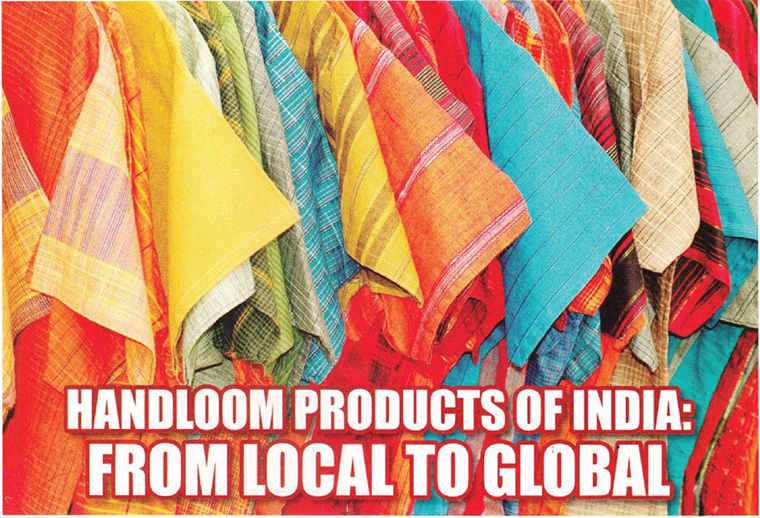
Category: General
Country: India
Region: Asia
By Afeias
18th May 2024
Dr. Pralok Gupta | The author is an Associate Professor -Services & Investment, Centre tor WTO Studies, Indian Institute of Foreign Trade, New Delhi. Email: pralok@iift.edu
Pushpendra Rajput | The co-author is a joint Secretary, Ministty of Health and Family Welfare, GOI. Email: pushpendra.r@nic.in
The 'India Handloom' mark aims at ensuring that exporters procure high-quality fabrics on time and establishing a unique image for authentic hand-woven products from India. This article presents an international perspective for Indian handloom products by analysing relevant data in terms of major markets, export trends, main handloom products for exports, etc. It also outlines the global opportunities for Indian handloom products and the challenges they may face in international markets.
The handloom sector represents a significant chunk of handwoven products in India. The handloom products are a living testimony of exemplary artisanship, showcasing the culture and civilization of India. They are produced across various states of the country, such as Pashmina (Kashmir), Phulkari (Punjab), Chikankari (Uttar Pradesh), Muga Silk (Assam), Naga Shawls (Nagaland), Pochampally lkkat (Telangana), Kancheepuram Saree (Tamil Nadu), Mysore Silk (Karnataka), Bandhani (Gujarat), Paithani (Maharashtra), etc. The handloom sector is ranked number two after agriculture in India as an unorganized sector providing employment to more than 3 million people. It is also the largest cottage industry in the country, with around 24 lakh looms (IBEF, 2024).
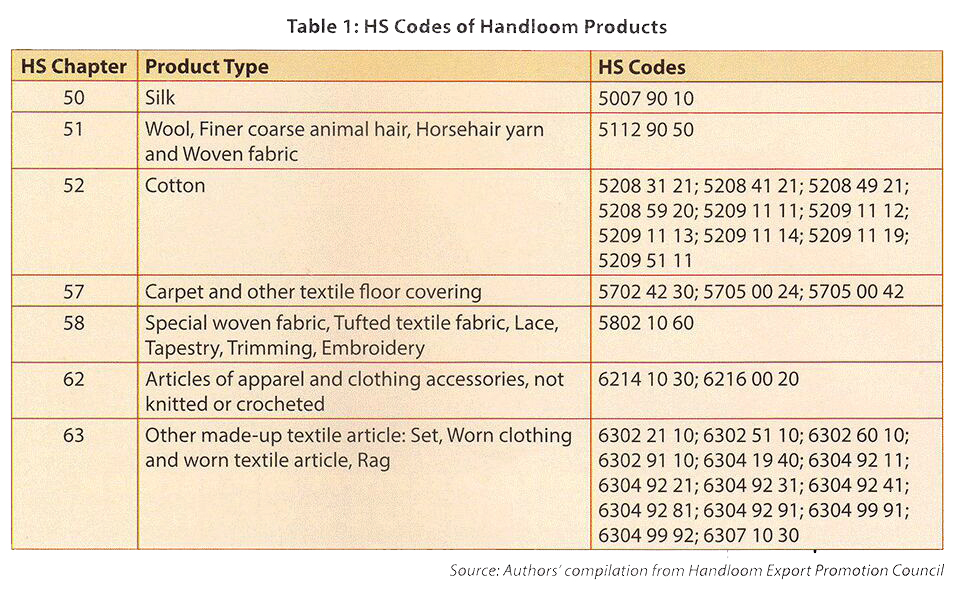
Though Indian handloom products are produced in small towns and villages, they are recognised globally. These products have recognition all over the world for their uniqueness, quality, variety, and endurance.
The producers of these products, the weavers of India, are also globally recognised for their hand-spinning and weaving skills. This global recognition helps create sizable export markets for various handwoven products from India.
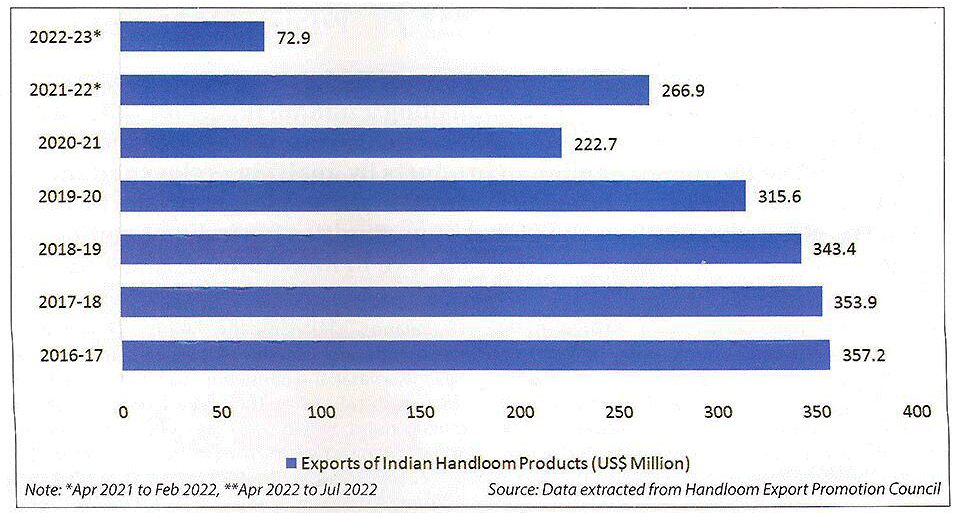
Figure 1: Exports of Indian Handloom Products 1 (US$ Million)
This article presents an international perspective for Indian handloom products by analysing relevant data in terms of major markets, export trends, main handloom products for exports, etc. It also outlines the global opportunities for Indian handloom products and the challenges they may face in international markets.
Internationalisation of Indian Handloom
The handloom products have been assigned specific codes by the World Customs Organization under its Harmonized System (HS) of classification. The HS codes for various handloom products are provided in Table 1.
The exports of Indian handloom products were more than US$ 300 million each year from 2016-17 to 2019-20 (pre-Covid-19 years). The exports declined by 30% immediately after Covid- 19 in 2020-21. Though some recovery can be observed in 2021-22, they are yet to reach the pre-Covid level. The export trends of Indian handloom products (pre and post Covid) are presented in Figure 1.
Indian handloom products have significant demand in more than 20 countries in the world, mainly developed countries and the Middle East. Among these countries, the US is a major market and accounted for around 40% of export demand for India's handloom products in international markets in 2021 -22. The top ten export markets for Indian handloom products and India's handloom exports to these countries from 2018-1 9 to 2022-23 are presented in Table 2.
The major items in India's handloom exports include mats and mattings, carpet, rugs, bedsheets, cushion covers and other handloom articles. While home decor products, including bed linen, curtains, table and kitchen linen, cushion covers, etc., contribute more than 60% of the exports of Indian handloom products, mats and mattings constitute around 30% of such exports. Most of these products are exported from four major cities, namely, Karur, Panipat, Varanasi, and Kannur. These cities produce bed linens, table linens, kichen linen, toillet linens, floor coverings, embroidered textile items, among others, for expor t markets (IBEF, 2024).
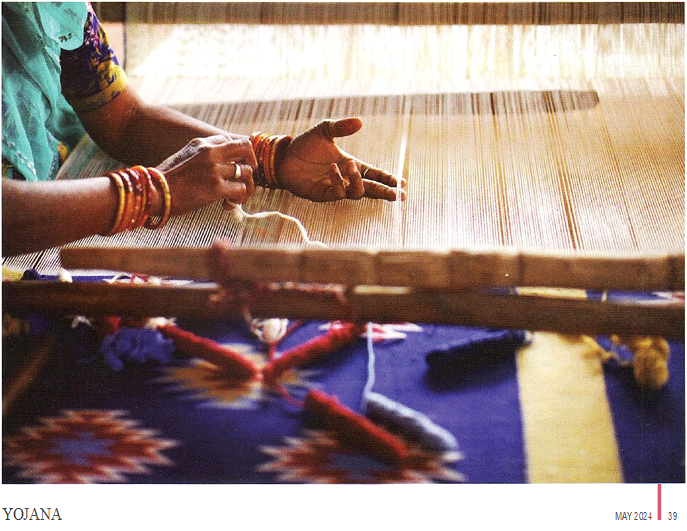
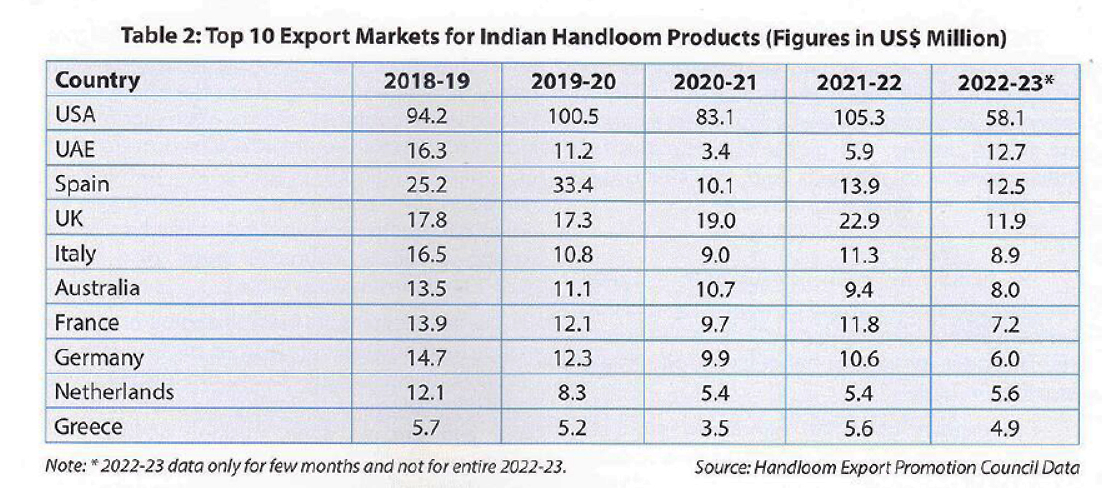
Branding of Handloom Products: ‘India Handloom' Trade Mark
Introduction of 'Handloom Mark' provided the customers assurance that the concerned handloom product is authentic. Since quality of product is also an important dimension for customers apart from authenticity, the 'India Handloom' provided a branding of handloom products that are of 'high quality with zero defects and zero effect on the environment. The mark aims at ensuring that exporters procure high-quality fabrics on time and establishing a unique image for authentic handwoven products from lndia. 'India Handloom' has also been registered as a trade mark (logo flown in Figure 2) under the Trade Marks Act, 1999
IPR protection for Indian Handloom Products in International Markets
Intellectual property (IP) protection for handloom producers in India is granted through the Geographical Indications of Goods Act, 1999, and the Designs Act, 2000. These acts intend to provide IP protection to exported handloom products not only in India but also in foreign markets.
The Geographical Indications of Goods (Registration & Protection) Act, 1999
The Geographical Indication (GI) tag is conferred on a product that is recognised by its speclfic place of origin. The GI tag conveys the authenticity and source of a product and its associated qualities. In India, the GI tag has been provided to a number of handloom products, 'Solapur Chaddar,"Mysore Silk,"Kacheepuram Silk; etc. The GI status of these handloom products ensures that they are not copied and produced by machines. 1.t hell ps the weavers of these products overcome the price disadvantage as the machine made products are cheaper as compared to the handwoven products.
Potential Global Opportunities
Indian handloom products have new opportunities in spite of significant technological advancements in the production of machine made products. In present times, a lot of the focus of buyers and selllers is on sustainable products. The new generation is style-conscious but environment-savvy and prefers products that are stylish but do not cause harm to the environment.
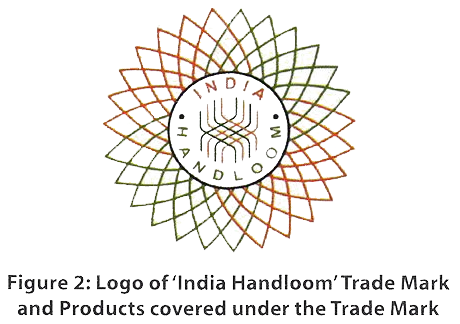
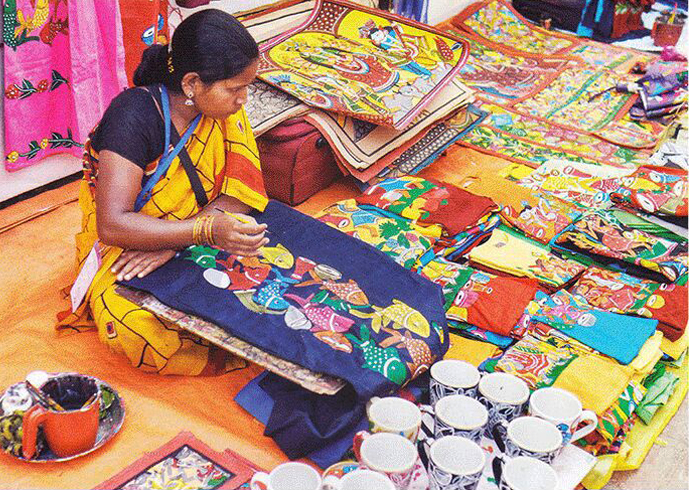
Handloom products satisfy both of these requirements for the new generation. Handwoven products are unique, stylish, culture-oriented and environment-friendly. Growing e-commerce and the availability of digital platforms provide further opportunity for handloom producers to tap international markets, even from small towns and remote locations.
Notwithstanding these opportunities, handloom products face the significant challenge of keeping the tradition of hand weaving alive. With more emphasis on education and increasing the availability of better-paying skilled jobs, traditional artisans are not inclined to bring their new generation to the hand-weaving profession, which is labour-intensive and mostly low paying. The producers also face competition from machine-made fabrics, which are often cheaper as they are less labour-intensive. The competitive disadvantage becomes more severe as the machine-made products look like replicas of handwoven products, and therefore it becomes difficult to differentiate between a machine made product and an authentic handwoven product.
Conclusion
The handloom products from India represent tradition and modernity at the same time. The unique designs, quality, and variety of these products helped create a niche market in other countries over the years. The artisans of handwoven products have experimented with their designs and fabrics to cater to the demands of new generations. As a result, Indian handloom products are endorsed today by international models and celebrities. Therefore, it could be concluded that the handloom products of India are ma king significant global imprints with their local characteristics.
Endnotes
1. The HS classification is a method of assigning numerical codes to classify products in foreign trade. Customs authorities use the HS codes for identifying products for the purposes of levying custom duties and collecting trade data.
2. https://www.indiahandloombrandgov.in/pages/background.
3. Based on information available at https://www.textilecoach.net/post/ipr-protection-to-handlooms-inindia-an-overview.
References & Courtesy: Afeias.com
This article is a total reflection of the news source and GTS Newsdesk has not edited any part of this article.
Copyrights © 2026 GLOBAL TEXTILE SOURCE. All rights reserved.